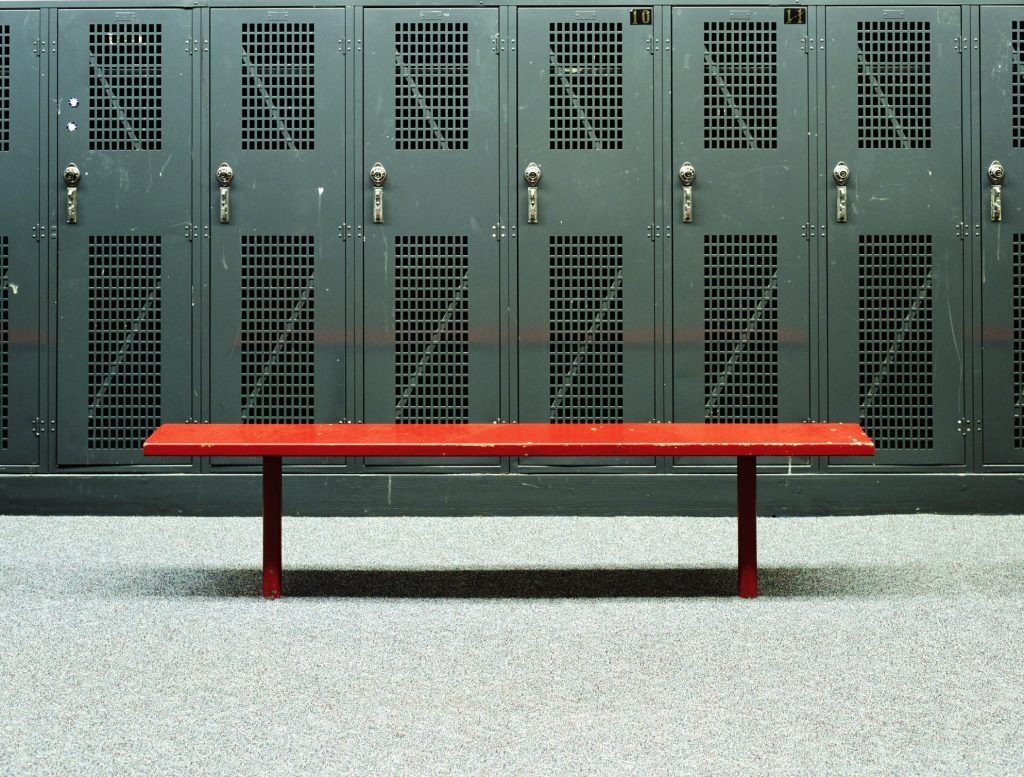Too Many Kids Can’t Afford Pay-to-Play in Ohio School Athletics

Source:https://ohiocapitaljournal.com/
High school athletics are highly valued in Ohio, exemplified by intense rivalries like Massillon vs. Canton McKinley, often compared to the OSU-Michigan football rivalry. With over 800 high schools and 20,000 teams statewide, the passion for high school sports is clear. However, the funding model for these programs raises concerns about how much the state truly supports and values high school sports.
Key Highlight:
As athletic costs increase and school budgets tighten, districts are relying more on students and their families to fund sports programs through ‘pay to play’ fees. This trend may reduce participation in high school sports and weaken the positive impact athletics have on student success.
At Thomas Worthington High School, the fee for participating in a sport is $125 per player. Anthony Wayne High School charges $150, with no refunds for injuries, while Reynoldsburg’s fee is $175 with no fee waivers for low-income students. Some districts have even higher fees: Springboro charges $260, Pickerington $275 (with a requirement to pay before attending practice), and Medina $330, with discussions about potentially doubling the fee.
The “pay to play” fees for high school sports add to existing costs for equipment, training, and tickets. While these fees might seem minor if sports are viewed as unrelated to education, research shows that athletics significantly contribute to student success. Studies from Children’s Hospital Colorado indicate that participation in high school sports enhances mental and physical health, fosters social and cultural development, and is linked to better school attendance and academic performance.
High school sports play a crucial role in student development and college admissions, as they demonstrate involvement, leadership, and perseverance. However, “pay to play” fees decrease participation and exacerbate disparities. Surveys show that these fees make low-income and minority students significantly less likely to participate in sports. This model not only limits opportunities for disadvantaged students but also worsens educational inequalities. The comparison to charging fees for Algebra while making study hall free illustrates how such fees discourage participation and undermine the benefits of high school athletics.
Despite the high costs of high school athletic programs, their benefits are significant. School boards and the state legislature should ensure that all students have access to these opportunities for success. To make these benefits available to everyone, it’s time to eliminate the “pay to play” fees.
Image Source: https://ohiocapitaljournal.com/





